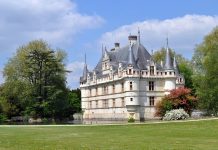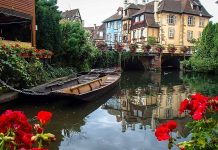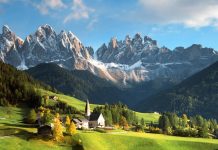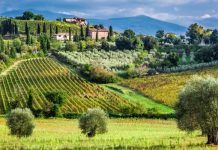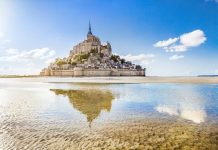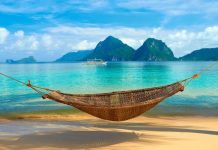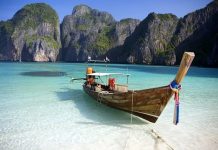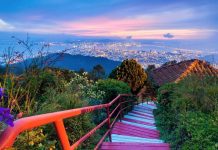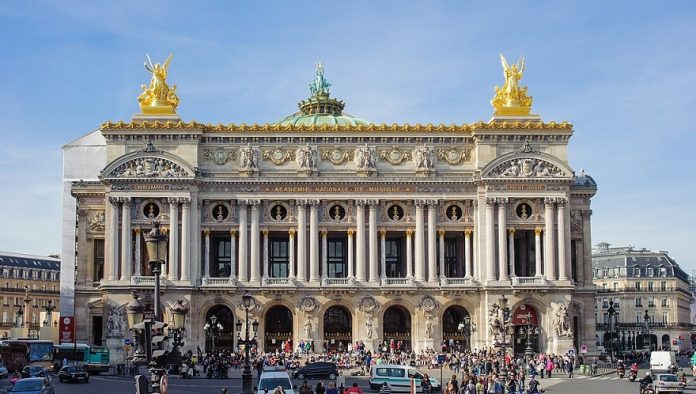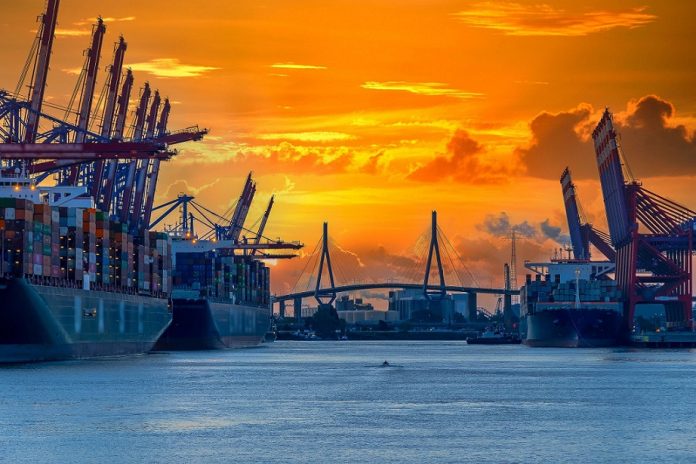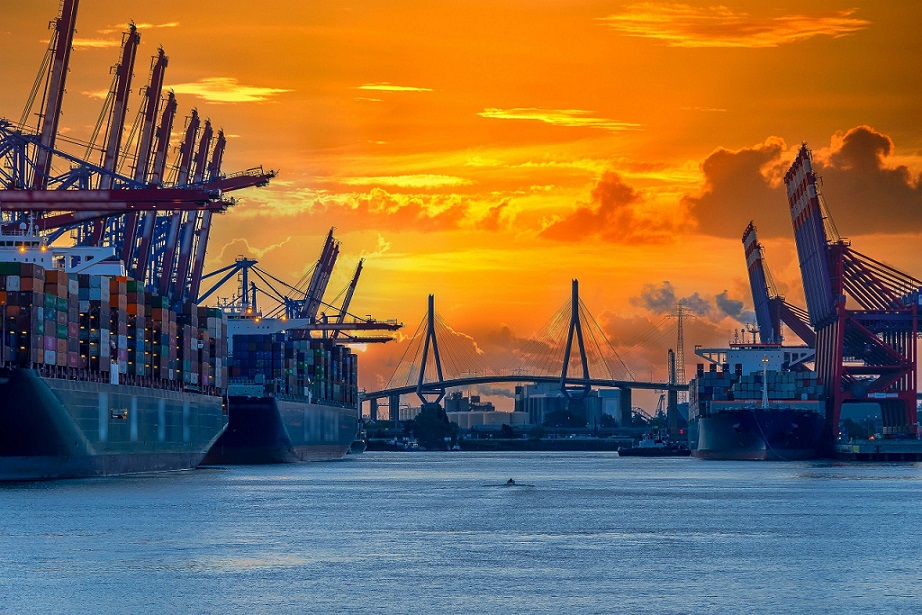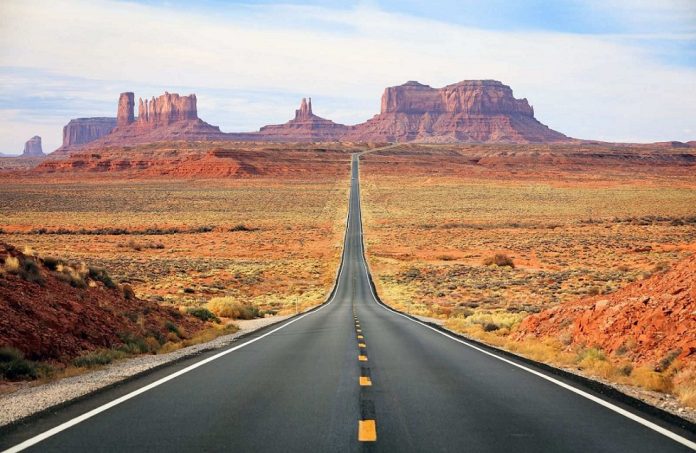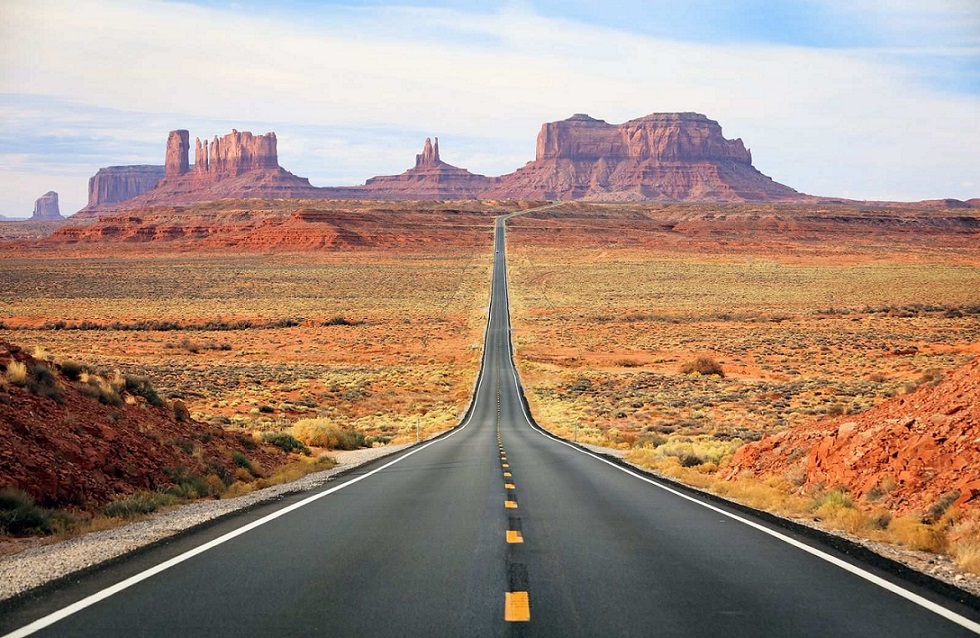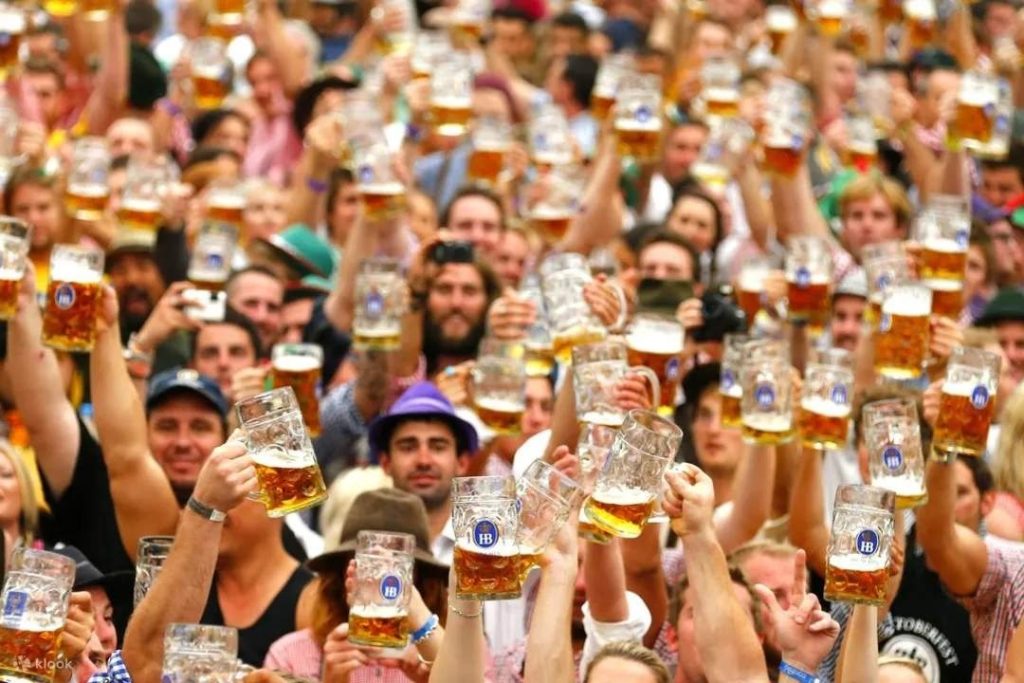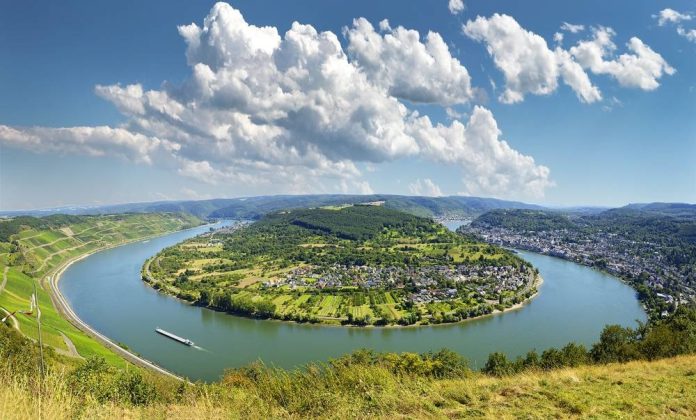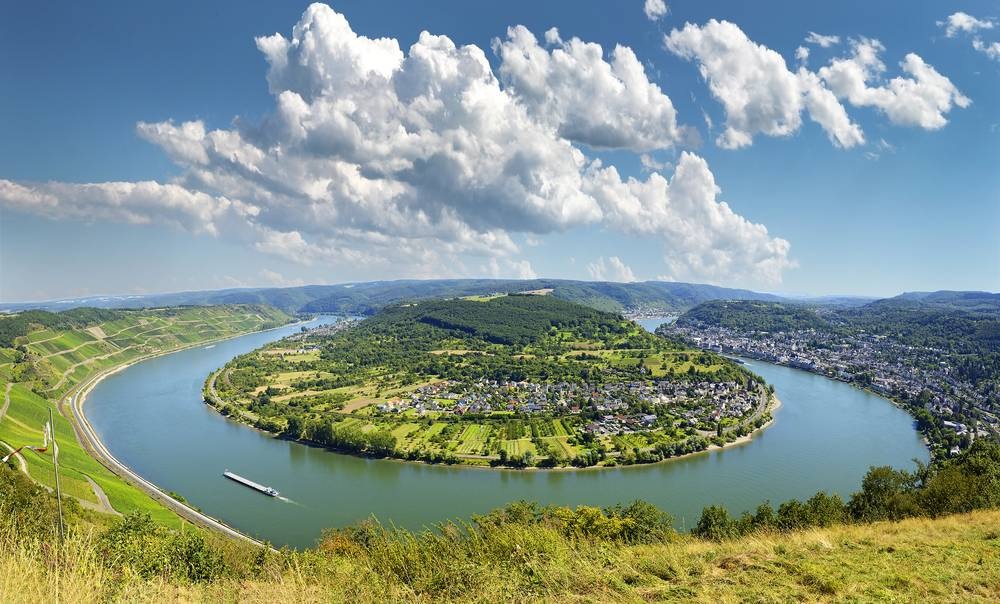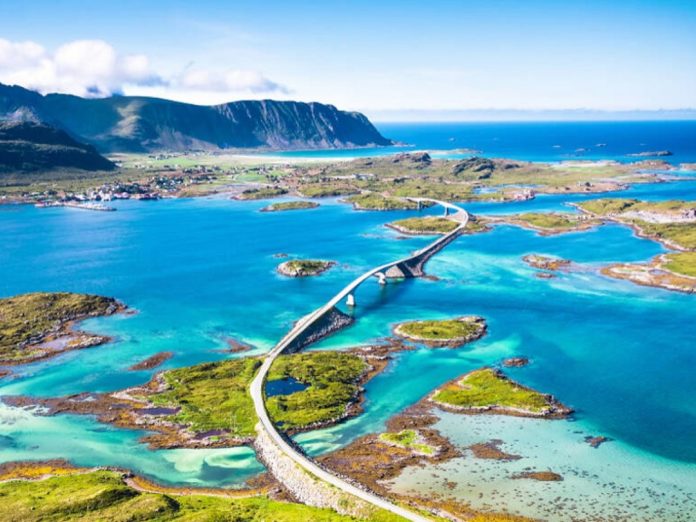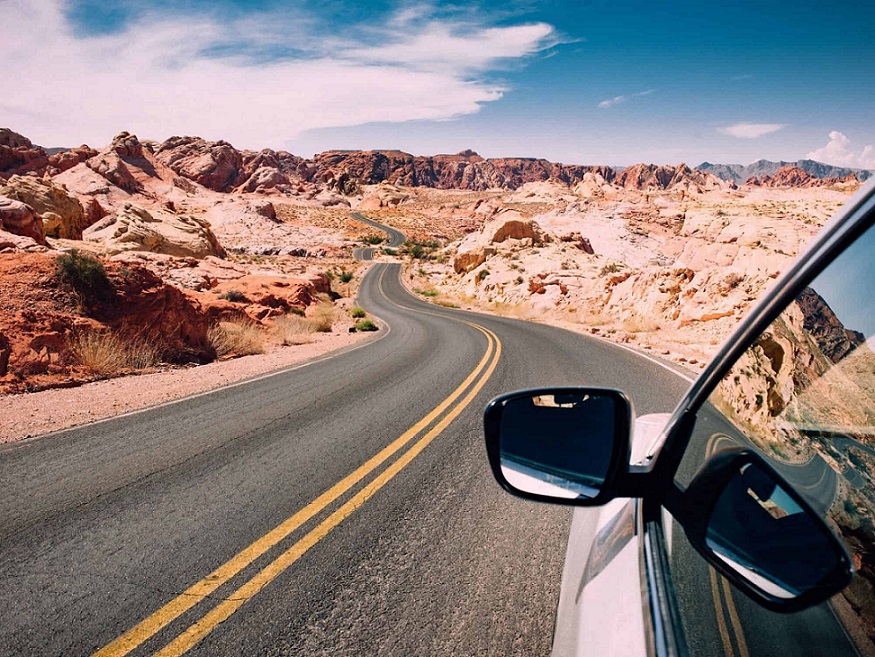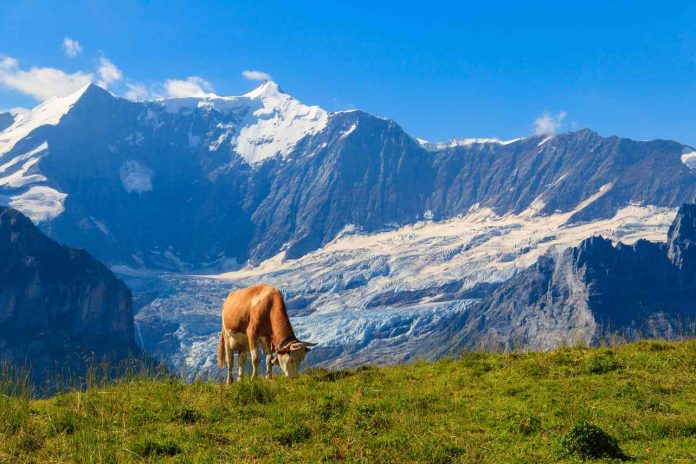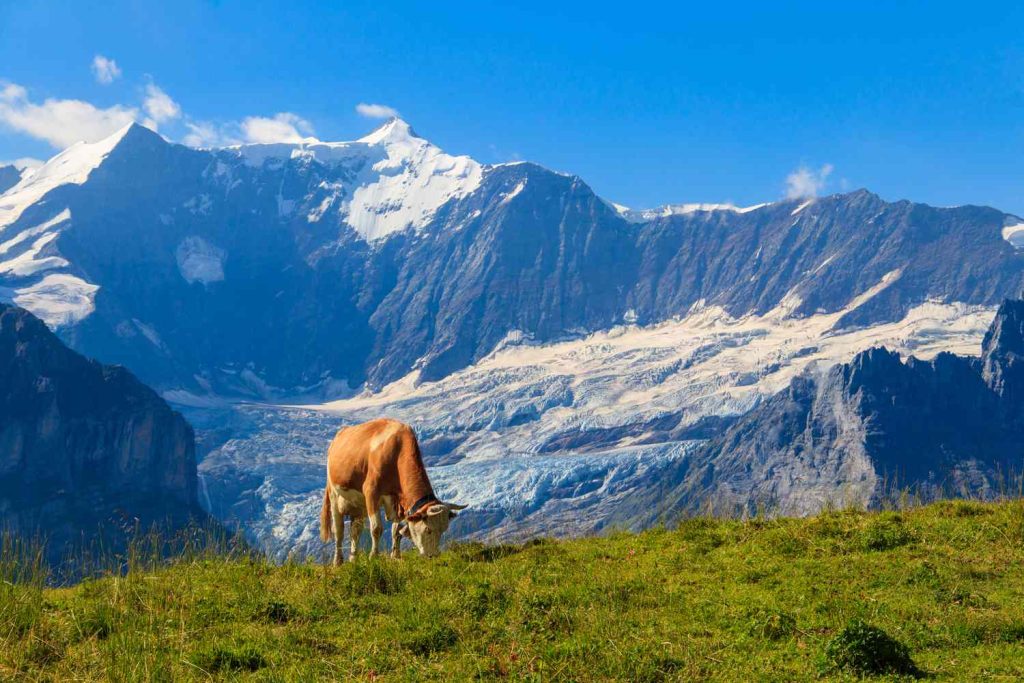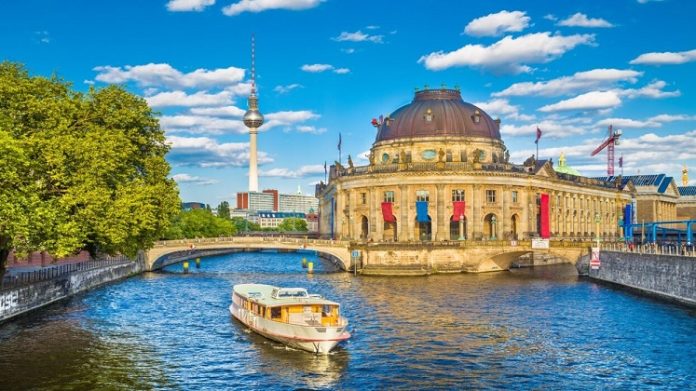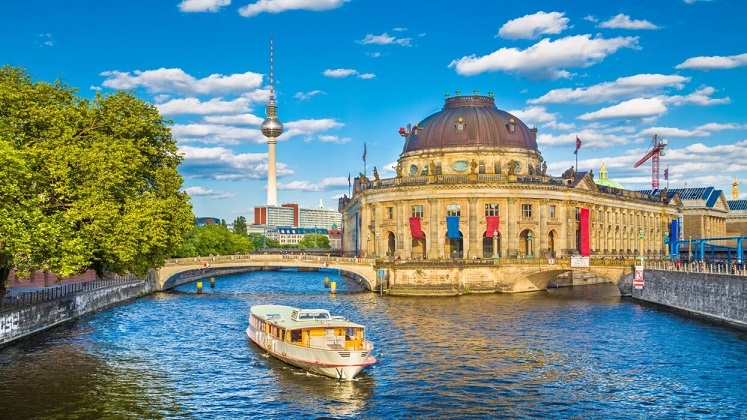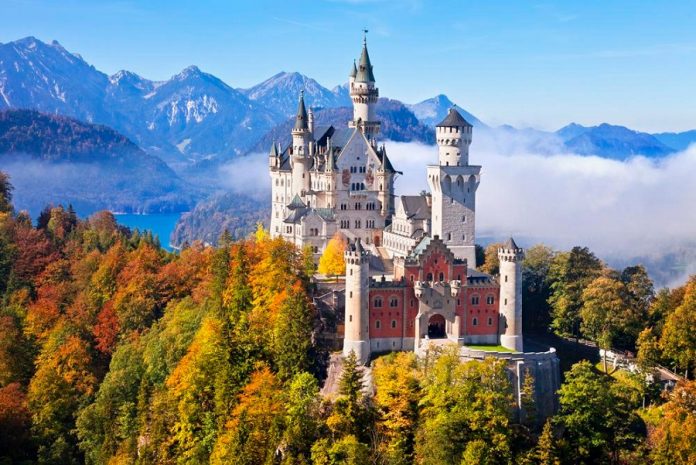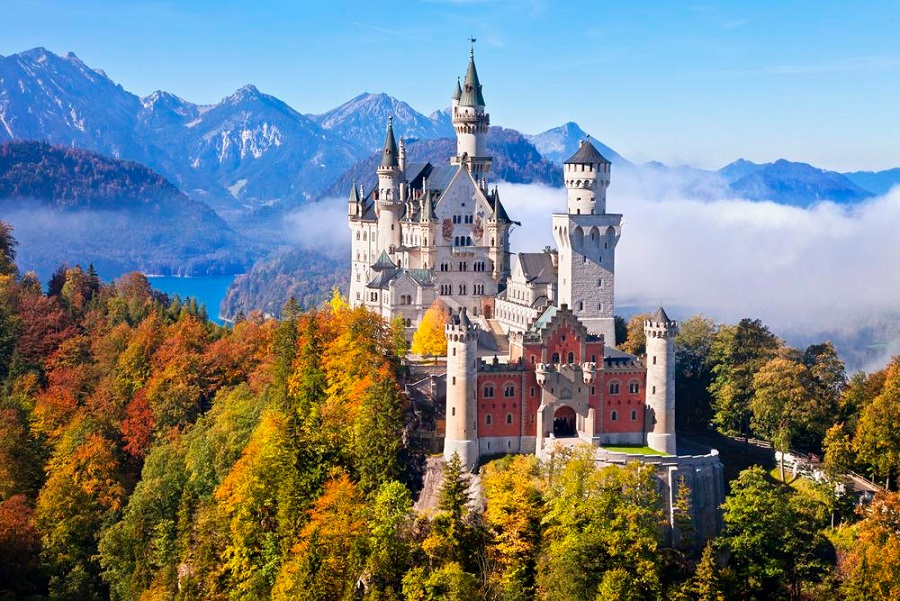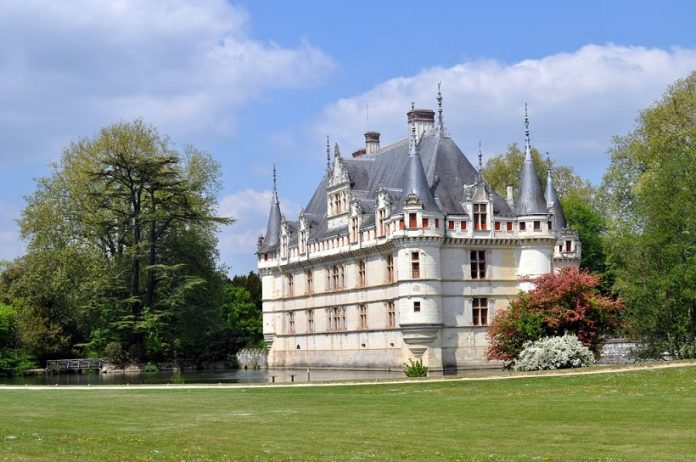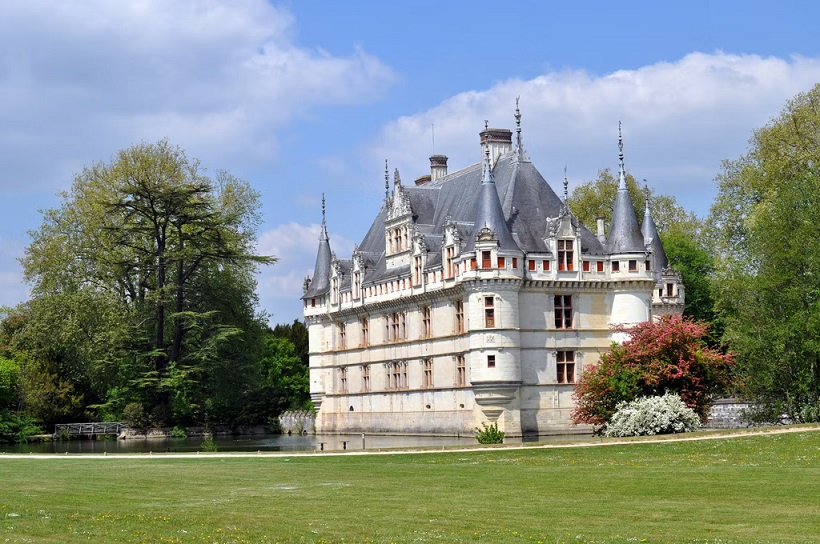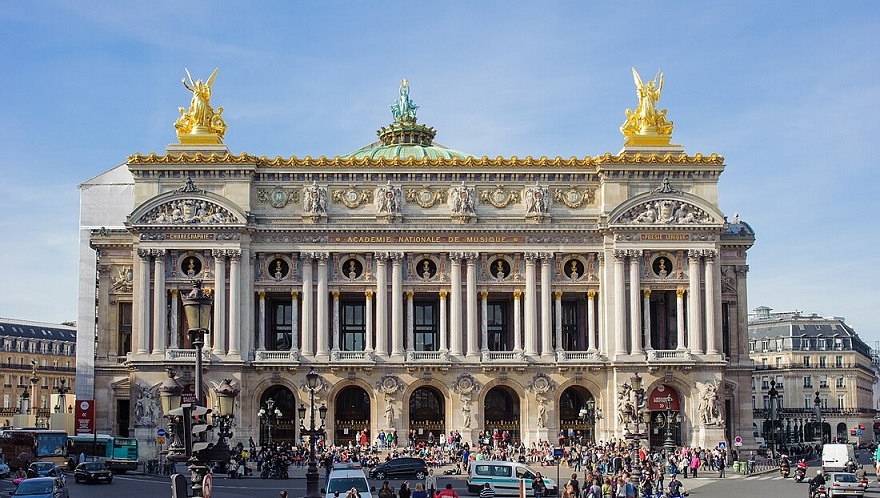
Dresden’s Baroque Beauty: Art and Resilience Along the Elbe River
Nestled along the serene banks of the Elbe River, Dresden stands as a testament to both artistic grandeur and remarkable resilience. Once known as the “Florence on the Elbe,” this German city boasts a breathtaking Baroque skyline, world-class museums, and a history marked by destruction and rebirth. Whether you’re an art lover, history enthusiast, or simply a traveler seeking beauty, Dresden offers an unforgettable journey through time.
A Baroque Masterpiece: Dresden’s Architectural Splendor
Dresden’s cityscape is dominated by Baroque and Rococo architecture, a legacy of its golden age under Augustus the Strong, Elector of Saxony and King of Poland in the 18th century. His vision transformed Dresden into a cultural powerhouse, with opulent buildings that still captivate visitors today.
The Zwinger Palace
One of Germany’s most magnificent Baroque structures, the Zwinger Palace, was designed as a venue for lavish festivities. Its ornate pavilions, sculpted nymphs, and grand courtyards house several museums, including the Old Masters Picture Gallery, home to masterpieces by Raphael, Rembrandt, and Vermeer. The Porcelain Collection within the palace showcases thousands of delicate Meissen porcelain pieces, reflecting Saxony’s artistic heritage.
Dresden Frauenkirche: A Symbol of Hope
The Frauenkirche (Church of Our Lady) is perhaps Dresden’s most iconic landmark. Originally completed in 1743, this stunning Lutheran church was reduced to rubble during the devastating Allied bombing of 1945. For decades, its ruins stood as a war memorial until a meticulous reconstruction began in the 1990s, using original stones where possible. Today, the resurrected Frauenkirche, with its majestic dome and golden cross (a gift from Britain), symbolizes Dresden’s resilience and reconciliation.
Semperoper: A Temple of Music
The Semperoper, Dresden’s grand opera house, is another jewel of Baroque Revival architecture. Named after its architect, Gottfried Semper, it has hosted premieres by Richard Wagner and Richard Strauss. Destroyed twice—once in 1869 by fire and again in 1945—it was painstakingly restored to its former glory, continuing its legacy as one of Europe’s finest opera houses.
Art Treasures: Dresden’s Cultural Legacy
Beyond its architecture, Dresden is a treasure trove of art. The Dresden State Art Collections encompass twelve museums, each a world-class institution.
- Gemäldegalerie Alte Meister (Old Masters Gallery) – Houses Raphael’s Sistine Madonna, along with works by Titian, Dürer, and Rubens.
- Grünes Gewölbe (Green Vault) – A dazzling collection of royal jewels, ivory carvings, and Baroque treasures.
- Albertinum – Showcases modern and contemporary art, including works by Caspar David Friedrich and Otto Dix.
The Elbe River: Dresden’s Scenic Backdrop
The Elbe River enhances Dresden’s charm, offering picturesque promenades and vineyard-covered hills. A steamboat cruise along the river provides stunning views of the city’s skyline and the surrounding Elbe Valley, a UNESCO-listed cultural landscape. The Blaues Wunder (Blue Wonder) Bridge, an engineering marvel from 1893, connects Dresden with the elegant villas of Loschwitz, where visitors can ride the Standseilbahn, one of the world’s oldest funicular railways.
Dresden’s Resilience: From Ruins to Renewal
Dresden’s history is marked by both splendor and suffering. The 1945 firebombing destroyed much of the city, yet decades of meticulous reconstruction have restored its former beauty. The Dresden City Museum and Military History Museum offer poignant insights into the city’s wartime devastation and recovery.
Today, Dresden thrives as a cultural and academic hub, blending historic grandeur with modern vibrancy. The Neustadt district, with its trendy cafés, street art, and alternative scene, contrasts beautifully with the Baroque Altstadt (Old Town).
Conclusion: A City of Art, History, and Enduring Spirit
Dresden is more than just a Baroque masterpiece—it is a city that has risen from ashes, preserving its artistic soul while embracing the future. Whether wandering through its regal palaces, admiring Renaissance masterpieces, or strolling along the Elbe, visitors are sure to be enchanted by Dresden’s timeless beauty and indomitable spirit.


